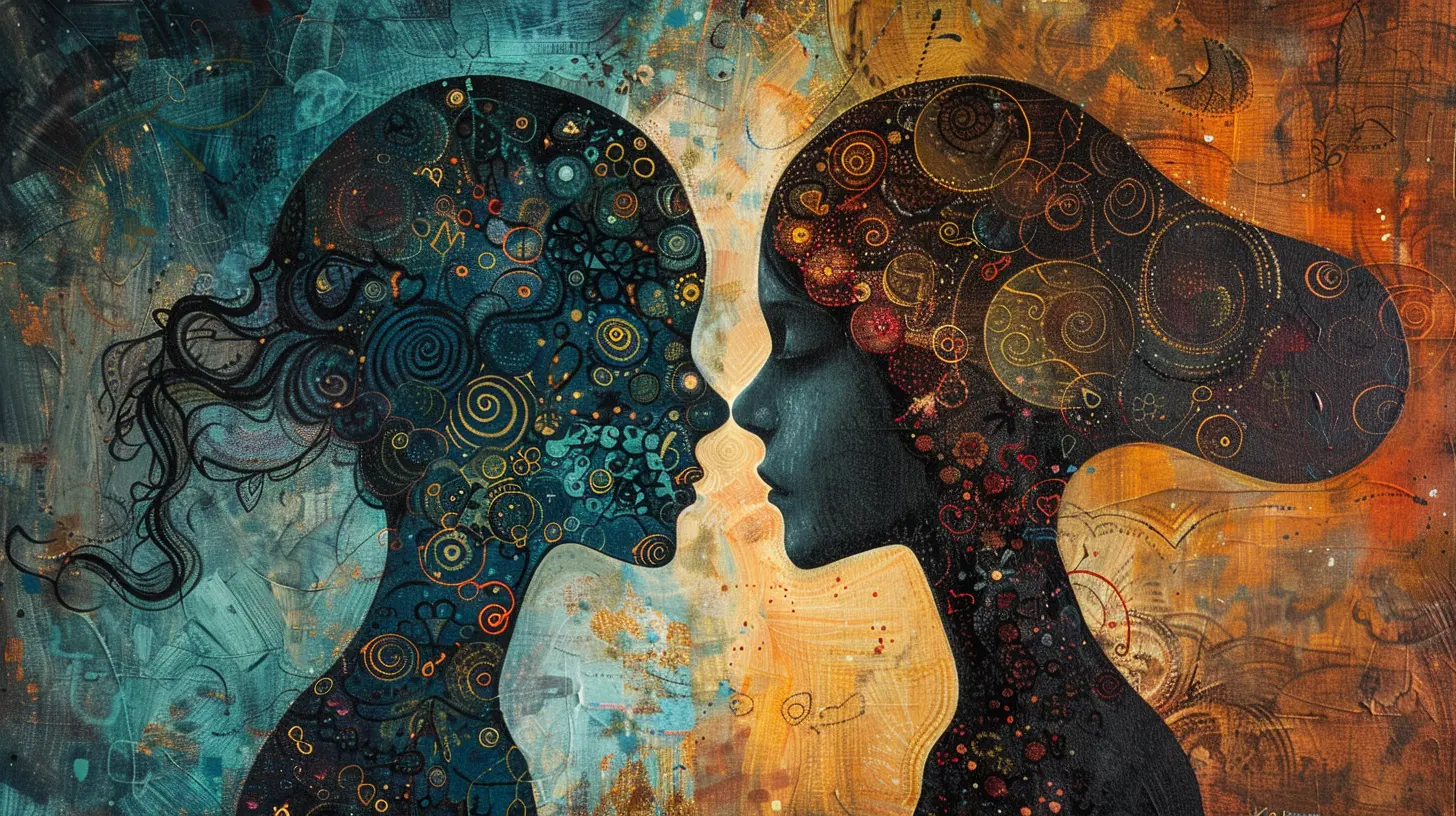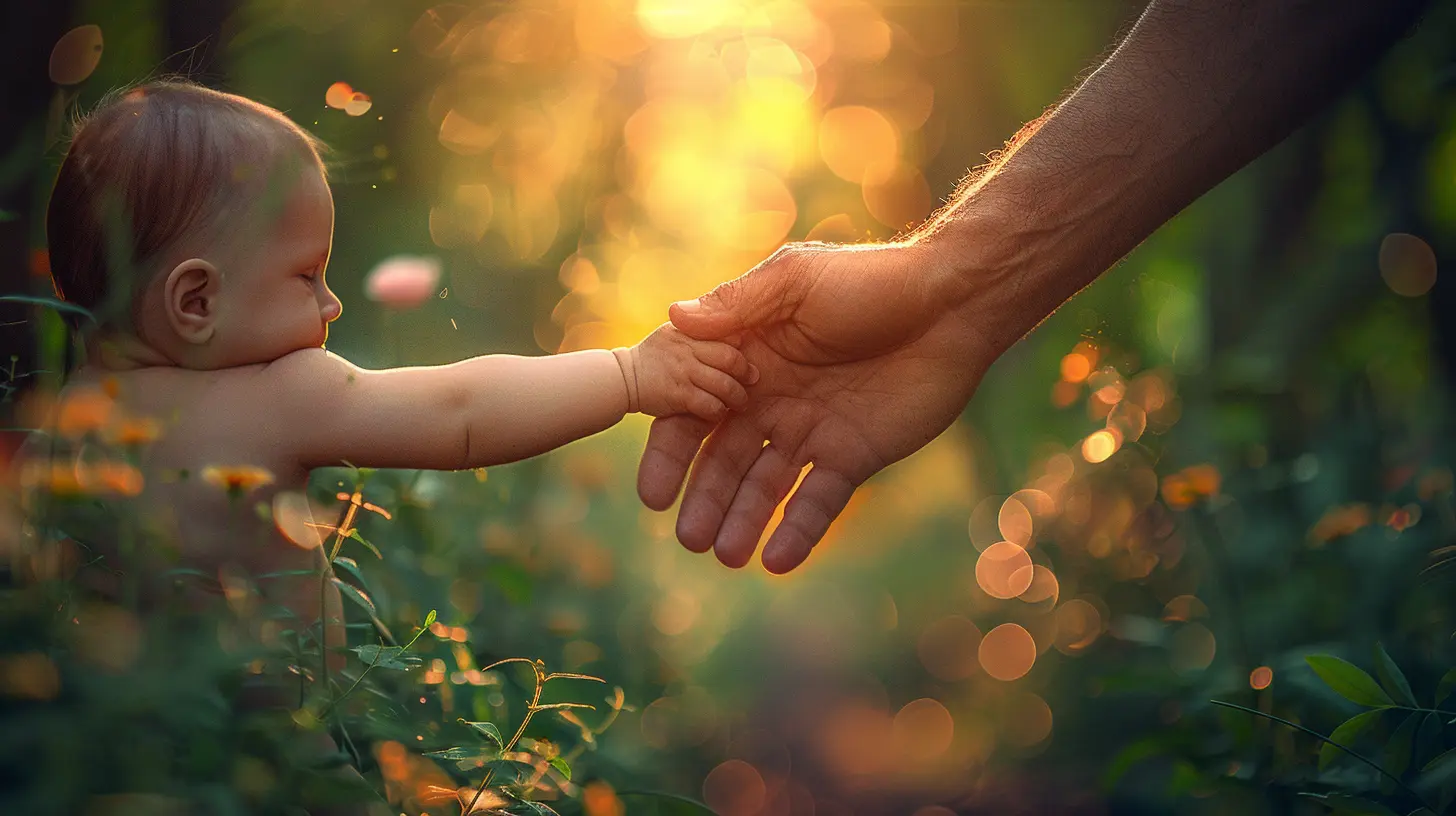Attachment Theory through the Lens of Different Cultures
21 September 2025
Attachment theory has shaped how we understand relationships, yet its expression can look vastly different depending on where you are in the world. Imagine two people, one from Japan and another from the United States. The way they form bonds, express love, and seek comfort could be worlds apart. Why? Culture plays a huge role in shaping attachment styles.
So, let’s dive into how attachment theory takes on different flavors across various cultures.

What is Attachment Theory?
Developed by John Bowlby and later expanded on by Mary Ainsworth, attachment theory explains how early emotional bonds with caregivers shape our relationships throughout life. These bonds influence how we connect with friends, romantic partners, and even our own children.There are four main attachment styles:
1. Secure Attachment – Trusting, open, and able to form healthy relationships.
2. Anxious Attachment – Craving closeness but fearing abandonment.
3. Avoidant Attachment – Keeping emotional distance and shying away from intimacy.
4. Disorganized Attachment – A mix of anxious and avoidant behaviors, often linked to trauma.
But here’s the catch—while the core idea of attachment remains universal, the way it shows up varies across cultures. 
How Culture Shapes Attachment Styles
Culture is like a software program running in the background of our minds. It influences how we perceive relationships, express emotions, and even define "closeness." Let’s take a closer look at how attachment manifests in different cultural contexts.Western Cultures: Independence & Self-Reliance
In countries like the United States, Canada, and the United Kingdom, individualism takes center stage. People value independence, personal space, and emotional self-sufficiency. Parents encourage their children to be independent from a young age, praising personal achievements.- Secure attachment in Western cultures typically looks like confidence in relationships without excessive dependence.
- Avoidant attachment is more common here because emotional restraint is often mistaken for strength. Many people grow up learning to “stand on their own two feet” without leaning too much on others.
In the U.S., for example, "cry-it-out" sleep training is common, whereas in other cultures, co-sleeping is the norm. This reflects how Western societies emphasize independence early on.
Eastern Cultures: Interdependence & Collectivism
In countries like Japan, China, and South Korea, collectivism is more valued than individualism. Relationships are seen as deeply interconnected, and loyalty to the group (family, community, or society) is paramount.- Secure attachment looks like deep, lifelong emotional bonds with family members.
- Anxious attachment is sometimes more common in collectivist cultures because emotional dependence is encouraged. Children are expected to remain close to their parents well into adulthood.
For example, in Japan, there’s a concept called "Amae" (甘え), which describes a deep sense of emotional dependence on loved ones. Unlike in the U.S., where dependency might be seen as clingy, in Japan, it’s often viewed as a sign of trust and closeness. 
Attachment Differences Across Specific Cultures
Now, let’s break it down even further and see how different societies interpret attachment.1. The United States: Independence is King
In the U.S., parents often encourage kids to make their own choices, from what sports to play to what college to attend. This fosters a secure yet independent style, where people feel comfortable forming relationships but also value their personal freedom.However, this emphasis on independence may lead to avoidant attachment, where emotional vulnerability feels uncomfortable. “Pull yourself together” is a phrase many Americans grow up hearing, reinforcing emotional self-sufficiency over emotional closeness.
2. China: Family First, Always
In China, Confucian values emphasize respect for elders and strong family ties. Unlike in the U.S., where moving out at 18 is a rite of passage, in China, it’s common for adult children to live with their parents well into their 30s.Anxious attachment may be more common because emotional dependence on family is not just accepted—it’s expected. Children are raised with the idea that their well-being is tied to the collective success of the family.
3. Scandinavian Countries: The Balance Between Independence and Connection
Nordic countries like Sweden, Denmark, and Norway strike a balance between individualism and closeness. Here, secure attachment is quite prevalent, as children are raised with both emotional warmth and independence. Parents practice a style of parenting called “lagom” (just the right amount)—not too strict, not too laissez-faire.Interestingly, Scandinavian cultures encourage independence without forcing emotional detachment. You’ll find children freely exploring the outdoors but still enjoying strong family bonds.
4. Middle Eastern Cultures: Deep Family Bonds
In Middle Eastern societies, family is the heart of everything. Bonds between parents and children remain strong well into adulthood, and family honor often outweighs personal desires.Attachment in these cultures leans toward secure and anxious styles. Emotional reliance on family is encouraged, but this can sometimes lead to anxiety about separation or disappointing loved ones.
In places like Saudi Arabia or Egypt, emotional expression within family units is high, but people may struggle with vulnerability outside of their immediate circle. 
Modern Influences on Attachment Styles
With globalization and cultural blending, attachment styles are evolving. Social media, increased travel, and cross-cultural relationships mean that traditional attachment norms are shifting.For example:
- Asian-Americans may exhibit a mix of collectivist and individualist attachment traits, valuing close family ties but also adopting Western independence.
- Third-culture kids (TCKs)—children raised in cultures different from their parents’ homeland—often develop a fluid attachment style, adapting to various cultural norms.
Additionally, therapy and mental health awareness are challenging traditional attachment patterns. Concepts like “emotion coaching” are being integrated into cultures that historically discouraged open emotional expression.
Final Thoughts: Attachment Isn’t One-Size-Fits-All
Attachment theory isn’t rigid—it flows with cultural expectations and societal values. What looks like secure attachment in one culture might be seen as avoidant or anxious in another.So, the next time you wonder why someone expresses love differently than you, remember—attachment is universal, but the way we show it is deeply shaped by where we come from.
And who knows? Maybe understanding these differences can help us build stronger connections across cultures. After all, love, in all its forms, is what makes the world go round.
all images in this post were generated using AI tools
Category:
Attachment TheoryAuthor:

Paulina Sanders
Discussion
rate this article
1 comments
Noemi Anderson
This article beautifully highlights the rich diversity of attachment styles across cultures. Understanding these variations fosters empathy and compassion in our interactions. It reminds us that while our experiences may differ, the fundamental human need for connection and security unites us all. Thank you for bringing this important perspective to light!
October 18, 2025 at 4:09 PM

Paulina Sanders
Thank you for your thoughtful comment! I'm glad you found the article engaging and that it resonates with the universal need for connection.


